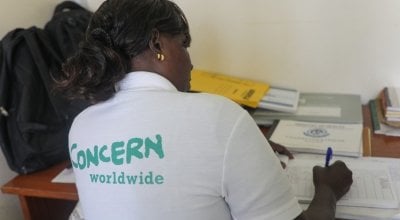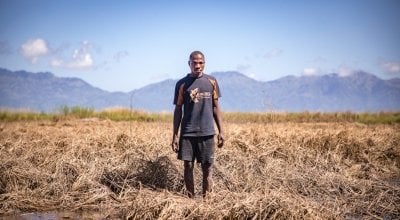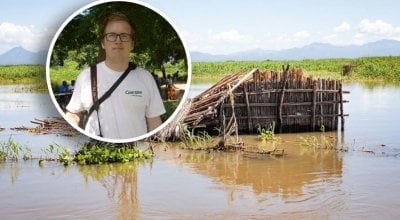
Read our 2023 annual report

Knowledge Hub
Conservation agriculture: protecting soil
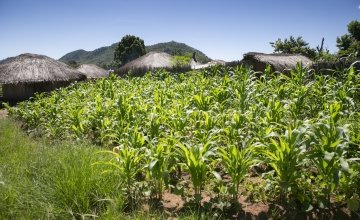
Concern Worldwide is training people in farming techniques which are easier, cheaper and increase yields for farmers.
Here’s the first part in a series of blog posts explaining how it’s done.
The method we use is called conservation agriculture and is done in three stages.
One of the first things we teach is that the soil should be disturbed as little as possible. We avoid damaging the soil by not ploughing the land.
Instead of disturbing the soil, we use permanent planting basins (zai holes). You can see what these holes look like in this video. When it rains, the holes fill with water; these holes act like miniature basins or pot plants in the field and create an ideal environment for seeds to grow.
David Lowe, who has worked as Concern Worldwide’s conservation farming consultant in Zimbabwe, explained: "The idea is that we make our holes in the dry season before it rains.
"We then put in our manure, we put in our fertilizer, and then cover that. Once the rains fall, we know that when that hole fills up we have almost the perfect place to plant our seed."
Conservation farming
Not ploughing the land, and using the zai holes instead, has some important benefits:
- Families with ill or injured members find it easier as there is less manual labour involved
- It is cheaper, with no need to maintain ploughs or the livestock needed to pull them
- The soil is more fertile, because vital nutrients and material called humus are preserved
- The holes in the soil can hold more moisture, meaning less water is used in cultivating crops
The effects
Doris Malinga has worked as a lead farmer in Lilongwe District, Malawi.
Doris received training in conservation farming from us, and since then she has been teaching her friends what she’s learned.
"I decided to start using conservation agriculture because I get more yield from a small piece of land and it means I can spend more time with my family," she told us.
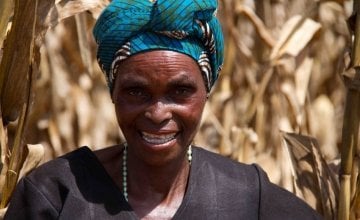
In depth



